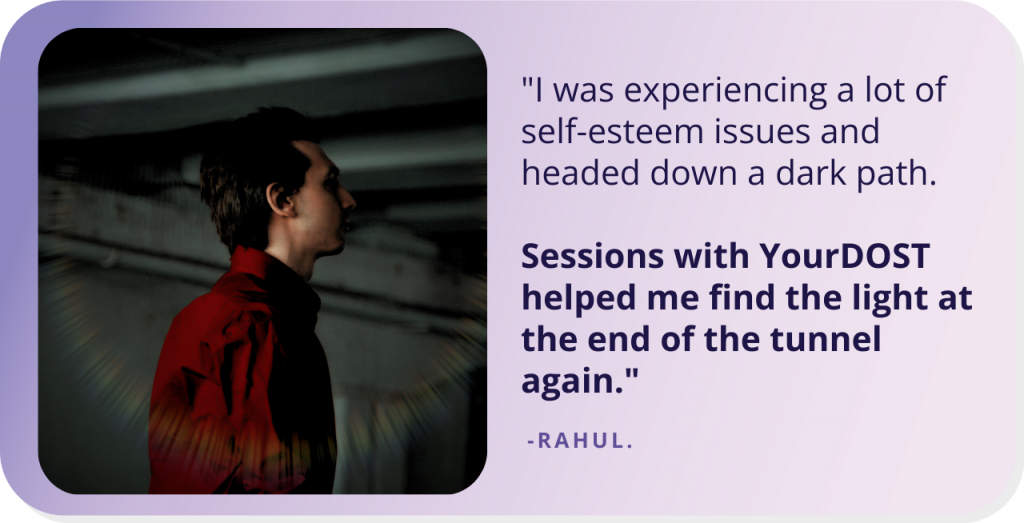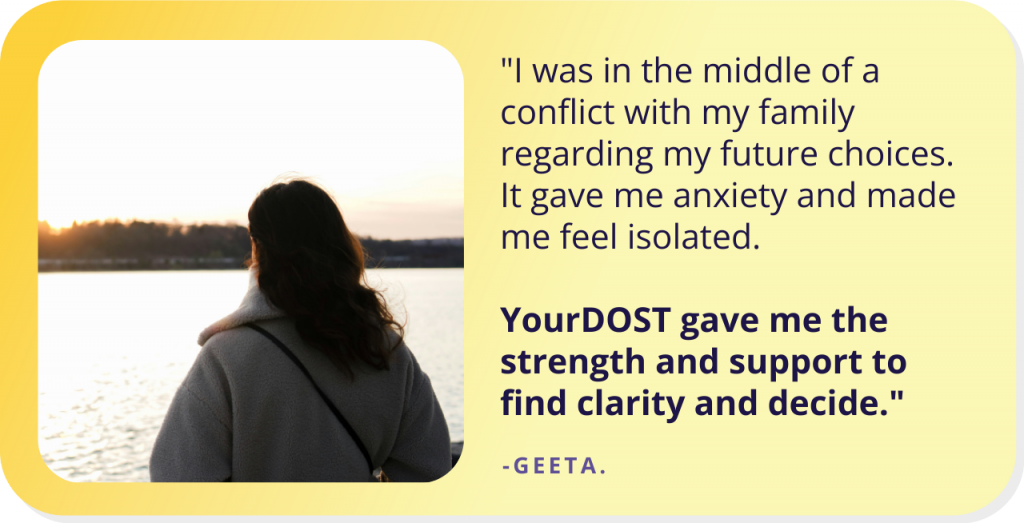
A Practical Guide to Navigating Layoffs with Compassion.

Layoffs have recently become synonymous with the job market, reflecting a global trend. According to the All India IT & ITeS Employees’ Union (AIITEU), around 20,000 tech employees lost their jobs in “silent” layoffs in the IT/ITeS sector in 2023.
Layoffs are sometimes inevitable for the organisation’s survival, but they have a grave impact on the employee and the employer as the market fluctuates. While stakeholders often concentrate on the financial implications, inculcating layoff management strategies that recognise and address layoffs’ emotional and personal impacts can be highly beneficial.
So why is navigating layoffs with compassion important?
Compassionate employee layoffs have always proven to be the ethical way of communicating with employees as tension is already brewing among the surviving employees about what if I am next.
Having a transparent work environment is vital to ensure stability. Additionally, employees can experience high anxiety or stress following a layoff. They might be trying to adjust to the new environment, change roles, or be unable to relate to the same organization as they did before the layoff. Hence, creating emotional safety helps them process and eventually alleviate these feelings, enabling them to feel more settled and contribute effectively.
Methods to carry out a layoff with compassion:
- Communication and transparency: It is vital to communicate the reasons for the layoff with the employees and maintain transparency during the process. Providing them with a rationale and next steps will help them comprehend the justification for the difficult decision. It is also vital to consider the mental health of the surviving employees and aid them in knowing how to steer the wheels into the future.
- Soft-hand approach over tough-guy approach: The first building block of the “soft-hand approach” is a human-centric approach with objective key points/metrics to substantiate the decision through thought leaders. Many companies have announced layoffs overnight, over online calls, removed access, and done much more without considering the mental health of employees. It is called the “tough guy approach,” which most often puts the organisation under severe scrutiny and paves the way for the rumour mill to begin; morale takes a nosedive, and avoiding ‘the talk’ disrupts culture and leaves the surviving employees uncertain and mistrustful.
- Empathising: It is essential to show empathy while communicating the decision. The company should avoid sending shocking midnight emails, holding mass meetings, or posting official social media posts to speak about the layoff. Instead, it should ensure sensitivity, realise the cons from the employees’ shoes, and engage in one-on-one conversations with those laid off. Employee transition assistance should be developed with the help of experts and senior employees for a smooth transition/offboarding.
- Listening: The laid-off employees should be able to express their emotions without judgment while the employer listens actively by being open to emotions like denial, anger, and frustration.
- Support: The company should share information or resources such as severance packages, critical benefits, outplacement services, and access to layoff counseling support by being a pillar of support and providing emotional resilience during layoffs.
Announcing layoffs is no news to business structures, and it’s sometimes better to have burnt fingers over losing an arm. That said, lessons were learned by thought leaders with time to execute the act of laying off by incorporating empathy, compassion and dignity.
While it is highly possible for organisations to suffer, taking the necessary measures by practising workplace compassion during layoffs will save employers from bearing the brunt.
After laying off employees, examining their emotional well-being to deal with the stress is crucial. Recognising that layoffs extend beyond the initial announcement, the focus is on the subsequent journey of the laid-off employees, helping them understand available opportunities and addressing their concerns with tailored solutions.
Research states that companies that downsized their workforce experienced a 50% higher rate of stress-related illnesses and over twice the reports of employee burnout compared to those that did not downsize.
- Impact on laid-off employees: The workplace is 50% of our identity. Most of us introduce ourselves. I am Kiran from XYZ. Taking away half makes it emotionally challenging for an individual. Keeping solid HR layoff guidelines can act as a bridge between the employees and the company.
- Ethics: A well-planned and ethical procedure ensures the company’s integrity among its employees, consumers, and the business ecosystem. Developing a communication cadence for layoffs is an excellent place to start instead of dropping all eggs into a single basket.
- Morale and team cohesion: A BizReport survey revealed that 70% of employees who remained after a layoff experienced decreased motivation. Therefore, organisations should actively foster team cohesion and morale to maintain productivity, which is critical for long-term performance and competitive advantage.
Assisting these employees in navigating and managing their stress is integral to compassionate layoffs and adds to the company’s credibility.
Even after compassionate layoffs, it impacts the employees still working for the companies.
According to HBR research, companies that laid off employees suffered a 20% decline in job performance from the remaining employees, a 41% decline in job satisfaction, a 36% decline in organisational commitment, and a 31% increase in voluntary turnover. Therefore, maintaining morale among the remaining employees after the layoffs is essential.
Here are a few things that the company can do to maintain high morale:
- After a layoff, there is a temporary period of lower productivity, so it is essential to give teams time to grieve and adjust by being receptive to their emotions and setting up layoff counseling sessions for surviving and the laid-off employees.
- Encourage open dialogue by creating opportunities for employees to ask pressing questions and ensure that these are addressed transparently.
- Outlining layoff communication tips to handle the conversation ensures the avoidance of silos and promotes building a collaborative communication or work environment.
- Conduct regular one-on-one check-ins to manage ‘survivor guilt’ among employees and create spaces for emotional expression facilitated by mental health professionals or team coaches.
- Implement a buddy system for mutual support and facilitate cross-functional tasks to enhance team bonding.
- Organise training to realign employees with organisational values and encourage informal social interactions to boost engagement and connectivity.
Such an approach helps maintain a positive corporate image and builds lasting trust and loyalty beyond the immediate news cycle.
By developing a plan that empathetically handles the human aspects of a layoff, a company can demonstrate its commitment to valuing both its people and profits, even during challenging periods. If you are looking for ways to get started, you are at the right place. Click here to learn more about our business offerings.







